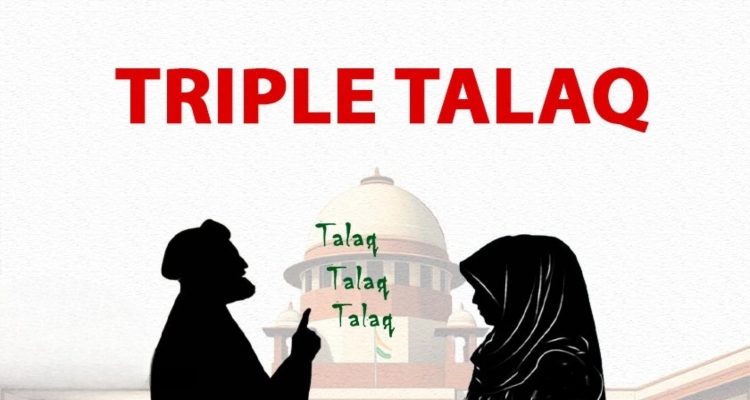
The Supreme Court on Wednesday instructed the Centre to provide information on the number of FIRs and chargesheets filed against individuals who used instant triple talaq to divorce their wives, in violation of the 1991 Muslim Women (Protection of Rights in Marriage) Act.
A bench comprising Chief Justice Sanjiv Khanna and Justice Sanjay Kumar, while hearing 12 petitions challenging the constitutionality of the 1991 law, also directed the Centre and other parties to file written submissions within a 3-page limit.
The bench scheduled the petitions for a final hearing in the week beginning March 17. It further directed the Centre to submit a report detailing the pending FIRs and chargesheets related to sections 3 and 4 of the Muslim Women (Protection of Rights in Marriage) Act, 2019. All parties involved were also asked to submit their written arguments in support of their claims.
Instant triple talaq, or talaq-e-biddat, is a practice wherein a Muslim man can divorce his wife by uttering “talaq” 3 times in a single sitting, leading to an immediate divorce. This practice has been declared illegal and void under the law, and any man who engages in it faces a prison sentence of up to three years.
In a significant ruling on August 22, 2017, the Supreme Court ended the 1,400-year-old practice of triple talaq. The court found the practice to be inconsistent with the fundamental principles of the Quran and Islamic law (Shariat), and harmful to the rights of women. The ruling emphasized that the practice violated the core tenets of justice and fairness within the Muslim community.
This latest directive from the Supreme Court underscores the ongoing efforts to enforce the law effectively, ensuring that women’s rights are safeguarded and that any violations of the law are addressed promptly. As the case continues, it holds the potential for broader implications regarding personal laws in India and their alignment with women’s rights.




